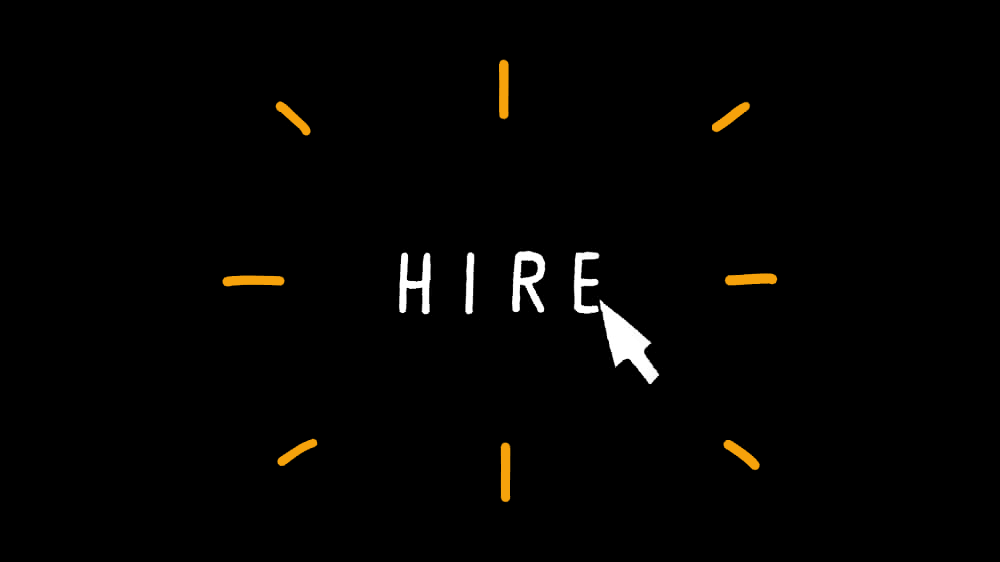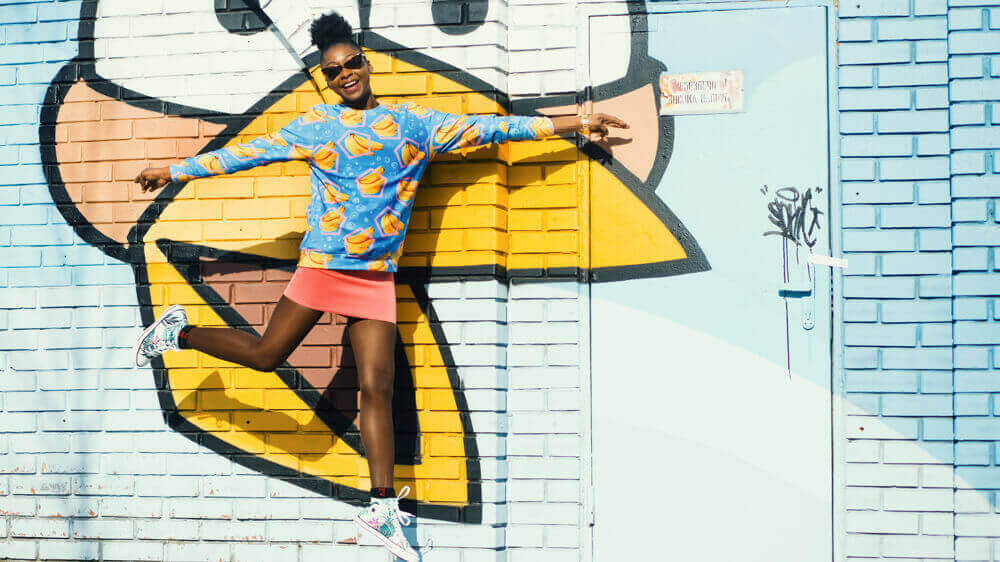User research methods: Provocations and Co-design

Designing to learn requires a shift in thinking. It means approaching user research with an open mind and a willingness to hear and act upon fresh perspectives. But it can be difficult to understand people's problems, pain points or preferences without having something to ground the conversation or react to.
We hold a strong bias towards making early on in projects at Made by Many. We use provocations or co-design techniques with users to gain understanding and confidence in where to go next. This requires walking a fine line between giving users a clear enough steer whilst still being open to interpretation.
Before I introduce these two types of research methods, you should always start with clear learning objectives. Aligning everyone on why you are doing user research and what you want to achieve is vital before investing the teams time and effort. Once you've figured this out, then you can focus your effort on how best to achieve these learning objectives.
Here are two types of research methods we regularly use at Made by Many:
Provocations

A good provocation distills the essence of an idea into something that’s understandable and believable. We use them to discover whether someone values an idea or not and why. They often follow a similar pattern by showing:
- An Input → Interface → Output
- A Trigger → Interaction → Benefit
- A Beginning → Middle → End
Making things visual makes abstract concepts easier to understand quickly. You can quite easily get through multiple provocations in one research session.
Find out how we've evolved making provocations by reading 'When a sketch isn't a sketch'.
Co-design

Co-design is about bringing others into the design process - designing with them, not just for them. Tangible paper based activities work best.
We've used things like habit mapping, day in the life exercises, card sorting and build your own interface exercises. But designing these sessions and creating the materials is a user centered challenge in it’s own right. Think about how to design your materials so that users can quickly pick them up and express their thoughts easily.
Co-design isn't about creating rich artefacts. It’s a process of using an activity to facilitate and dig deeper into the conversation to learn more.
Get an insight into how we've used co-design methods throughout a project here.
______________
Here are some tips to get the most out of provocations or co-design techniques:
1. They're sacrificial for a reason
Avoid the trap of spending too long visualising concepts or ideas and becoming attached to them. These assets have a specific purpose - to learn from, not to solve all the problems. Now isn't the time to get caught up in the details. We've found creating assets in a lower fidelity opens up participants to share their thoughts more freely.
2. Prototype your session
Doing a practise run with a colleague helps to iron out any kinks before hand. Being able to make amendments to assets, timings or discussions guides ahead of sessions makes the real thing run much smoother.
3. Start off on the right foot
There can be a power imbalance at play if you don't set the right tone from the beginning of a research session. A welcoming intro that thanks users for their time, sets expectations about how long the session will take and hints at what you are going to cover will help calm nerves.
______________
Provocations and co-design are user research methods we come back to again and again at Made by Many. They are tried and tested ways to better understand and learn from your users. And we’ve used them to great effect with scientists, athletes, teachers and employees - bringing them to the core of our approach.
Using provocations and co-design early in the design process ensures you are making the right things before wasting effort on making them right.
Continue reading
Hiring future QA talent
Made by Many are going through a phase of growth and the number of projects we have meant that continuing as the lone QA was no longer an option. Because ...
Find your passion and other lies we tell
As part of our series on Employee Experience we explore what really makes someone stick with their job.
Society has changed, our expectations haven’t
As part of our series on Employee Experience we look at the ways society has changed and what impact that has on those joining the workforce today.


